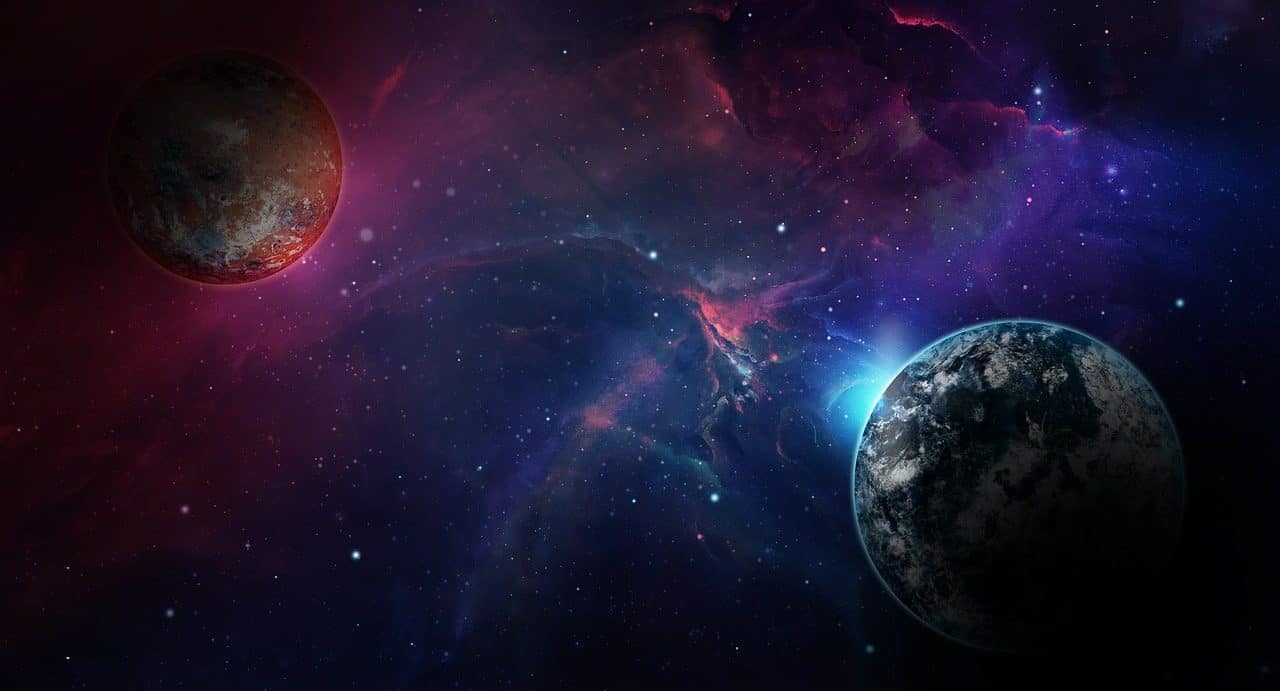
A complex process that involves star formation, galaxy mergers and gas accretions determines the emergence of galaxies.
The formation of galaxies is the subject of study and monitoring by scientists specialized in the field of astrophysics . Although there are still numerous enigmas to be deciphered in this regard, thanks to continuous research and the advancement of technology, information linked to both the birth of the universe and also the origin and evolution of stars , galaxies , etc. has been accumulating.
In the explanations or hypotheses associated with the emergence of galaxies, ideas are admitted that seek to answer unknowns about the formation of structures within the framework of a series of fragile quantum fluctuations produced after the Big Bang . The resource of n-body simulation has also been extremely useful, especially for examining galactic halos and cosmic filaments .
It is believed that galaxies were formed four hundred million years later than the Big Bang . In this context, the notion of protogalaxy , a term that identifies primitive galaxies, gains strength. It is a cloud of gas that, if it is very small, evolves as a star : if the formation process is slow, a spiral-type galaxy is probably formed.
Theoretical foundations of galaxy formation
It is necessary to be aware of the theoretical foundations of galaxy formation in order to be able to enrich the general knowledge that one accumulates and, in this way, have a comprehensive view that helps to understand without further complications how a galaxy is born.
Beyond learning about the origin of the universe and the Big Bang, it is interesting to collect data about dark matter that generates so many questions within the scientific community. It is attributed responsibility or influence in mysterious stellar movements between various galaxies . At this point it is constructive to remember that, according to the theoretical definition, galaxy is a word that refers to an immense group of particles , interstellar dust , stars and interstellar gas that are part of the universe but constituting an isolated system.
Dark matter is constantly being attempted to be interpreted by betting, for example, on computer models aimed at predicting how galaxies behave. Also, thanks to the Hubble space telescope , it was possible to analyze and compare the masses of a pair of galaxy clusters , concluding in that report that the significant amount of mass in one of them was closely related to the presence of dark matter . If we can find evidence and explanations that add to the appreciation and definition of dark matter , we will undoubtedly be able to advance with precision in the clarification of how galaxies are formed, maintained and evolve.
Types of galaxies
Today, after a long time of scientific work, multiple types of galaxies are distinguished.
Focusing on the Hubble sequence we find, for example, that there are elliptical galaxies and spiral galaxies . The former are characterized by their scarcity of interstellar medium, their low star formation activity and by encompassing old low-mass stars. The latter have a flat disk (from which spiral arms with a luminous profile unfold with star formation ), they are the most abundant in the universe and show a galactic bulge made up mostly of old stars. In an intermediate band between the aforementioned categories are lenticular galaxies , which lack arms, have a disk appearance and have run out of (or consumed) most of the interstellar matter .

Irregular, spiral, elliptical... There is an enormous variety of galaxies in the universe.
In addition to them, it is possible to recognize irregular galaxies (without a specific format), dwarf galaxies (a family that is subdivided into Magellanic dwarf galaxies , dwarf spiral galaxies , elliptical dwarf galaxies , dwarf galaxies located in the Local Group , ultracompact dwarfs , etc. ) and to the Seyfert galaxies .
Nor should we overlook the particularities of starburst galaxies or radio galaxies .
Findings and announcements on galaxy formation
Astronomical news is not everyday, but when findings and announcements are made about the formation of galaxies, humanity as a whole is revolutionized by the magnitude of the information.
Recently, for example, it emerged that images related to the birth of the universe were obtained through the James Webb space telescope . In the words of the experts who analyzed the records and witnessed how considerable amounts of gas were accumulating and accreting in a tiny galaxy in the construction phase, these photographs show for the first time galaxies in the process of formation .

Interstellar matter abounds in spiral galaxies, but not all classes of galaxies have the same degree of separation between stars.
It has also been illuminating to focus attention on the galactic wind , whose role seems to be key in the evolution of galaxies , since it drags dust and gas into the intergalactic medium, in addition to propelling (perpendicular to the galactic disk) to the magnetic field .
Finally, it is worth keeping up to date with the progress of the plan that aims to build the Extremely Large Telescope (ELT) on Chilean soil. The idea is to use this modern instrument from 2028 (if there are no modifications or unforeseen events that alter the project and the initial deadlines) to carry out explorations and studies around the oldest galaxies , dark energy and black holes , for example. .
